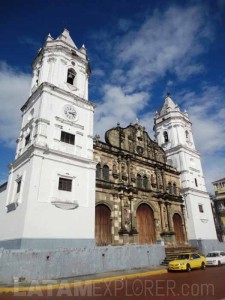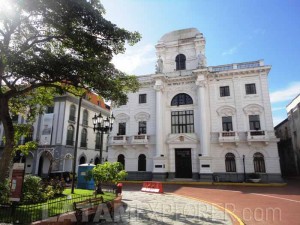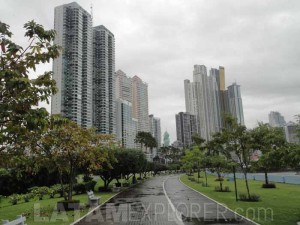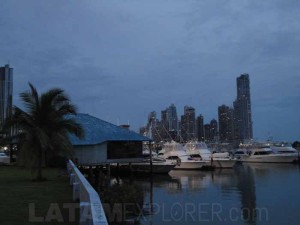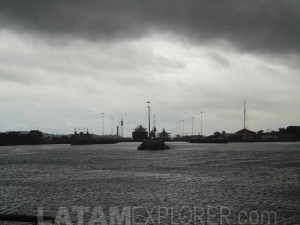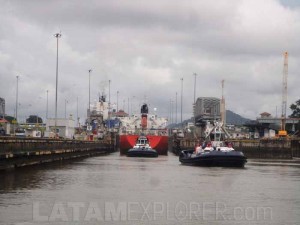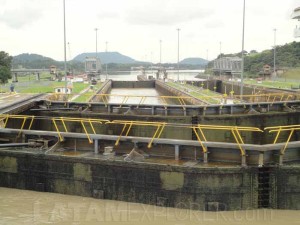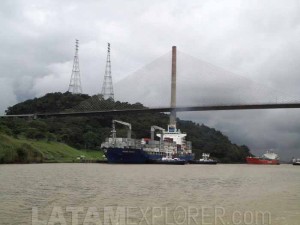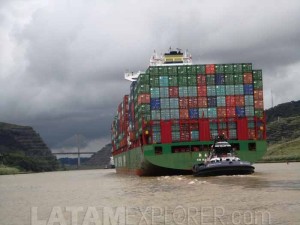Home > Destinations > Central America > Panama City
Panama City
Panama’s capital and largest city, Panama City is a financial and logistical hub. Considered to be the most cosmopolitan in all Central America, this city is home to 900,000 inhabitants (1.5 million in the metropolitan area) and features a set of contrasts that, while fascinating, sometimes shock its visitors. The skyline formed by its skyscrapers along the shore, for example, earned Panama City the nickname “Latin Miami”. Not far from there, its historic center keeps several well preserved colonial buildings. On a similar fashion, the luxury of some coastal areas lies at a reduced distance from some of the least favored neighborhoods of the city.
The historic district of the city is also called Casco Antiguo, or Casco Viejo, and has been declared a World Heritage Site by UNESCO. This is a very well patrolled zone that covers an area approximately 600m (2,000ft) by 350m (1,150ft) long, filled by small hotels and guesthouses, restaurants, souvenir shops and, of course, the largest concentration of historic and government buildings in town. This district also hosts a series of cultural and musical events, like the Panama Jazz Festival. This region, however, was not exactly where the city was originally founded. The original settlement, known as Panama Viejo, lies 11km (7mi) away and still retains a few ruins worth visiting (get current local advice on safety matters before getting there). This site was razed by Welsh buccaneer Henry Morgan in the 17th century and the city was then relocated to the current location of the historic district.
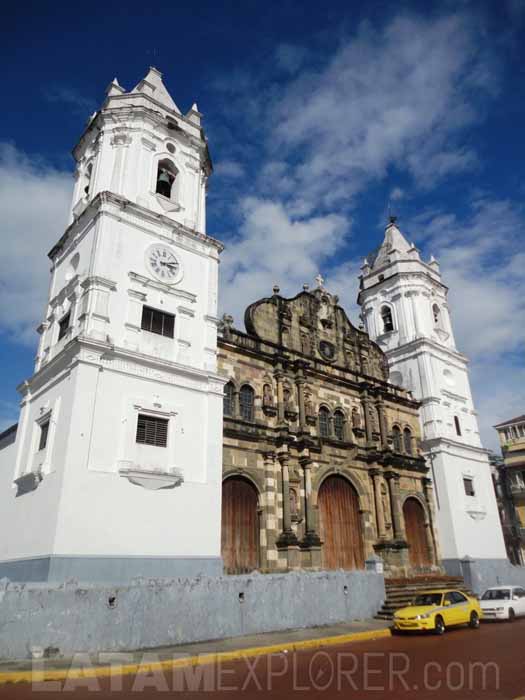
Today, the most developed region of the city is found between those two sites. Some of the most sophisticated hotels and stores in all Central America are located here, especially around Punta Paitilla. The space between Punta Paitilla and the historic district, along the shoreline, is occupied by the Coastal Beltway, one of the city’s favorite parks. This is a great place to exercise, either on foot or by bicycle, while viewing monuments and some of the tallest buildings in Latin America.
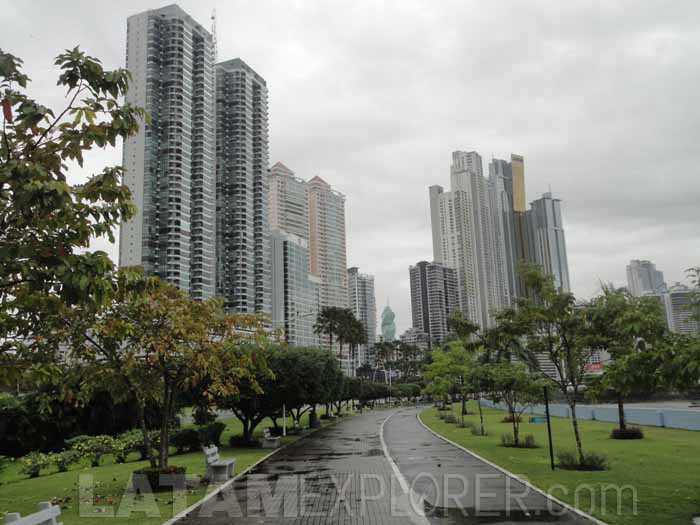
The main attraction of the city and of the country, however, and the main (if not the only) reason why many tourists decide to visit Panama lies further north. The Panama Canal is an engineering wonder started by the French in 1881 and finished by the Americans 33 years later. Covering 77km (48mi), the canal connects the Pacific to the Atlantic Ocean, through an artificial lake, the Gatun Lake, and three sets of locks along the way. There are several ways of getting to know this canal, though, for the vast majority of visitors, a simple visit to the Miraflores Locks is enough to satisfy the curiosity. This place, located 10km (6mi) away from the historic district, features the main museum telling the history of the Canal, as well as an excellent balcony from where dozens of ships can be seen coming and leaving every day.
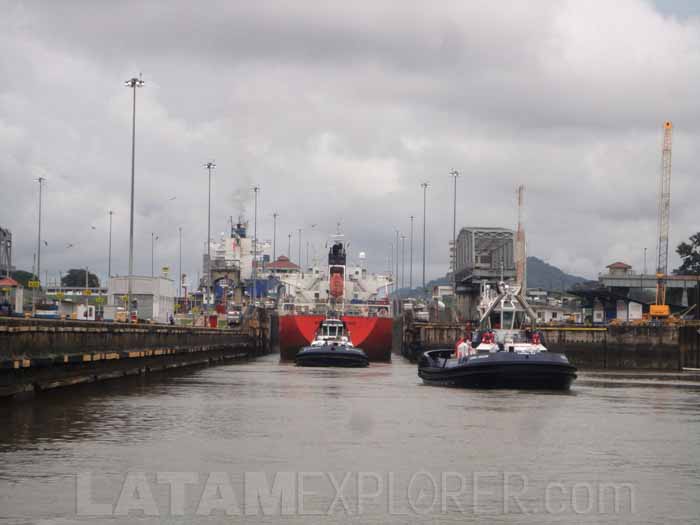
For those interested in knowing how the Canal really operates, it is worthy to plan a stay in the city matching one of the scheduled canal transits. These day-trips do not happen very often, particularly during the low season, and its frequency varies from three times a week (for the half transit until Gamboa, passing through two locks) to once a month (full transit from Panama City to Colón, on the Atlantic Coast). Even though a half transit is enough to understand how the locks work and get an idea of the efforts put into building the canal, nothing compares to the accomplishment of crossing back to back this iconic marvel. There is, of course, the additional possibility of taking a longer cruise that includes crossing the Panama Canal in its itinerary, although this will be a fairly costlier alternative.
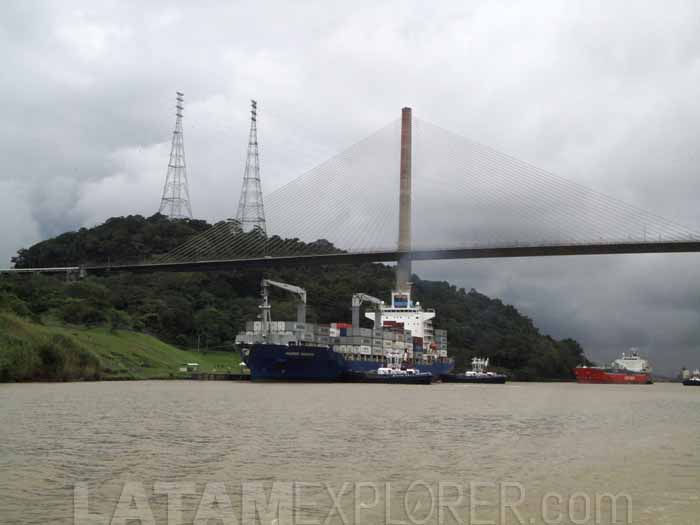
The canal area can also be explored by land. Taking a train is possibly the best alternative to actually cruising the canal by ship, allowing glimpses of the canal itself at some points while cutting through the tropical forest on its way from coast to coast. Driving all the way is likely the least appealing of the alternatives, although it allows for two bridge crossings over the canal and also a stop to visit at each one of the locks. Anyways, the city of Colón, either in the beginning or the end of the road is the kind of place that rarely makes visitors wish they could stay longer – although it might be somewhat appealing for die-hard fans of colonial architecture and tax-free shopping.
Commerce is, by the way, one of the main attractions in Panama City and many people arrive here specifically to hunt for bargains on clothing, cosmetics and electronics. The Albrook Mall is definitely the main destination of the city for this kind of tourism – it is located in front of the main bus terminal and next to Albrook Airport (the one used for domestic flights). When looking for luxury items, and higher price tags, head to Multiplaza Pacific instead.
If, after all this, you still haven’t run out of breath, head to either the Metropolitan Park, near Albrook Airport, or Soberania National Park, on the road to Gamboa. Both of them feature nature trails where it is possible to see a great variety of bird species and contemplate nature’s grandeur. They are both easily accessible.
Served by Tocumen International Airport, self-denominated “the hub of the Americas”, the Panamanian capital is connected directly to the main cities of the American continent, as well as to some European destinations. From Tocumen, it is a 30km (20mi) ride to the Albrook region, where the domestic airport and the main bus terminal are located. From there, it is possible to continue your trip, for example, to Bocas del Toro, at the Caribbean coast, some 585km (365mi) away, or head into Costa Rica – 500km (310mi) to the border and 850km (530mi) to San Jose, its capital.
